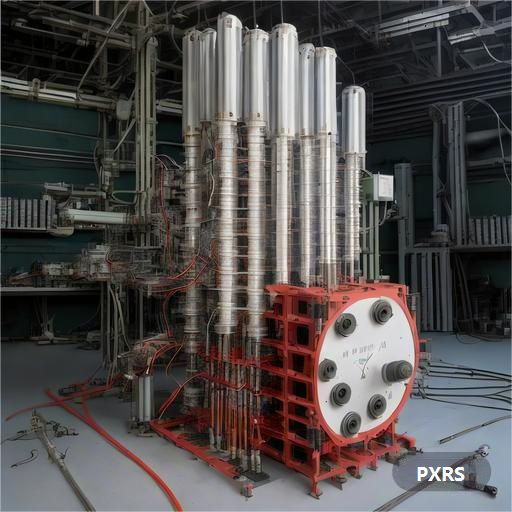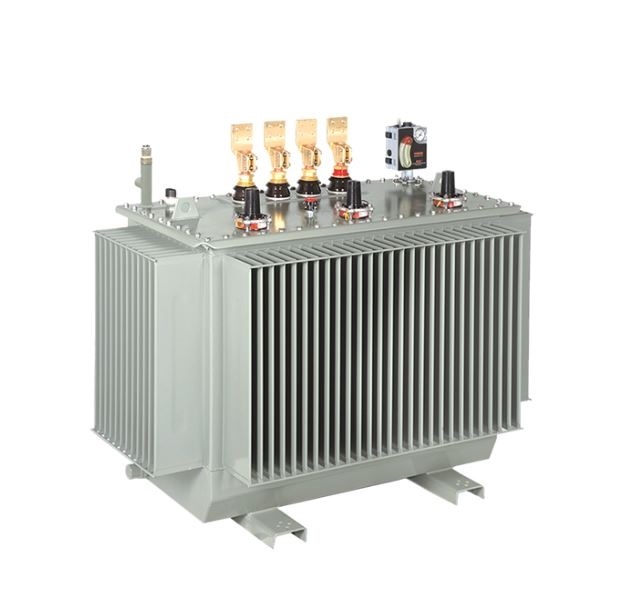Uncategorized
The Essential Role of Insulators in High-Voltage Transformers
Introduction for insulators in High-Voltage transformers
In the intricate world of electrical engineering, transformers play a pivotal role in converting electrical energy. Among the various components of a transformer, the insulator stands out as a crucial player, especially in high-voltage applications. This article delves into the significance of insulators in high-voltage transformers and highlights their functions and importance.
Insulators in High-Voltage Transformers: The Essential Role
- Insulating the Leading Wires
Insulators primarily serve as insulators between the wires and other conducting surfaces within the transformer. In high-voltage transformers, this insulation is essential to prevent short circuits and ensure the safe flow of electricity. The insulator materials, typically made of ceramic or glass, offer excellent dielectric properties, providing reliable insulation even under extreme voltage conditions.
- Mechanical Support
In addition to their insulating properties, insulators also provide mechanical support to the transformer’s components. They help hold the wires in place, ensuring that they do not come into contact with each other or other conducting surfaces. This prevents wear and tear on the wires and extends their operational life.

- Electrical Stability
Insulators play a crucial role in maintaining electrical stability in high-voltage transformers. They help distribute the electrical field evenly, preventing partial discharge and dielectric breakdown. By minimizing these electrical instabilities, insulators enhance the overall reliability and efficiency of the transformer.
- Reducing EMI Interference
Electromagnetic interference (EMI) can disrupt the operation of electronic equipment, causing malfunctions and potential equipment damage. Insulators contribute to reducing EMI by providing a barrier between the conducting elements and the surrounding environment. This minimizes interference and ensures reliable operation of the transformer and connected equipment.
- Thermal Management
An insulator also contributes to thermal management in high-voltage transformers. They help dissipate heat generated during operation, preventing overheating and potential damage to the transformer’s components. The insulators’ thermal properties help maintain a stable operating temperature, ensuring optimal performance and durability.
Conclusion
In conclusion, insulators play a multifaceted role, serving as insulation, mechanical support, maintaining electrical stability, reducing EMI interference, and contributing to thermal management. Understanding and effectively utilizing the properties of these insulators is crucial for the design, operation, and maintenance of reliable and efficient high-voltage transformers. As technology continues to advance, new materials and designs for insulators will emerge, further enhancing the performance and reliability of high-voltage transformers in the future.


